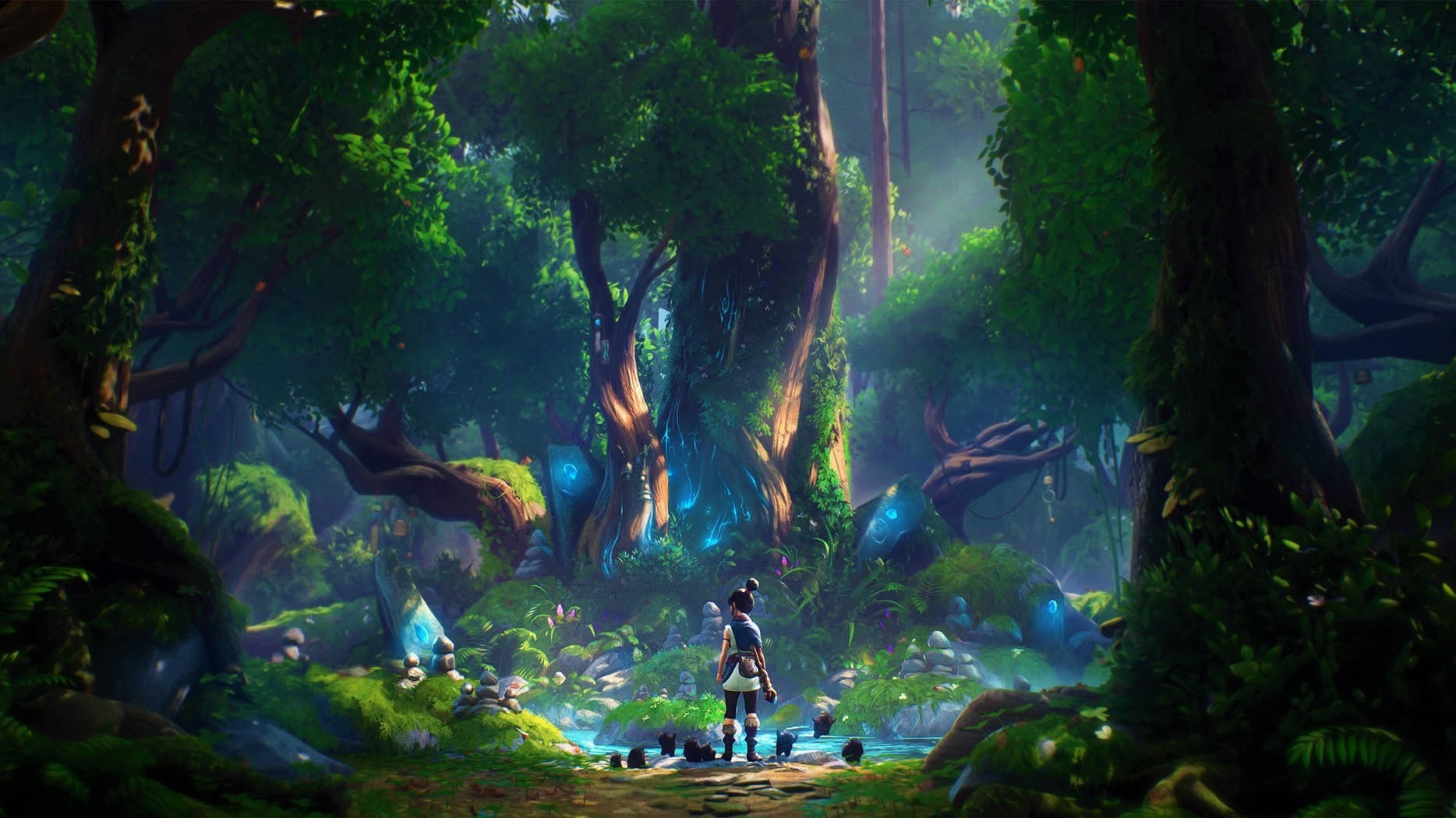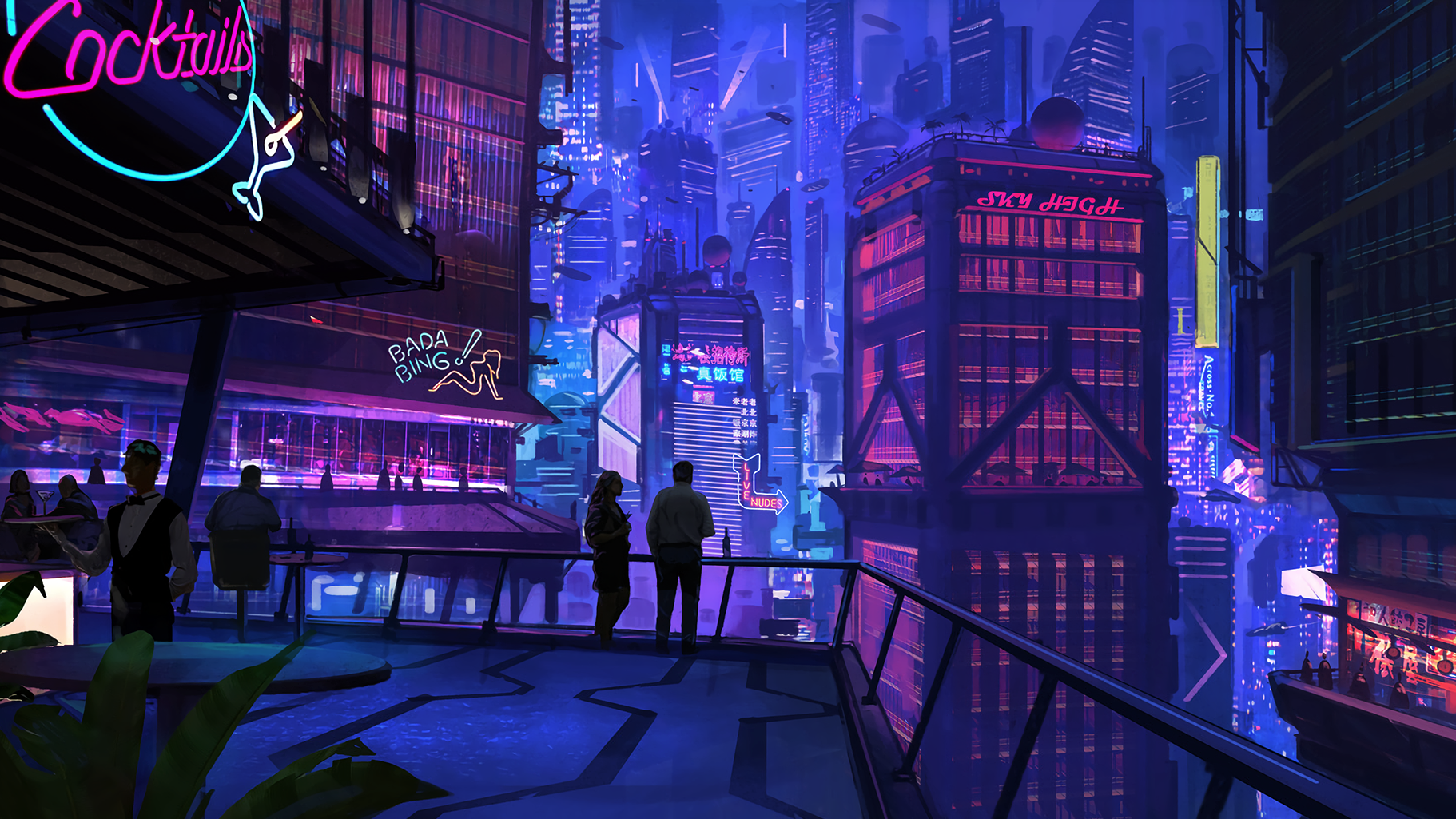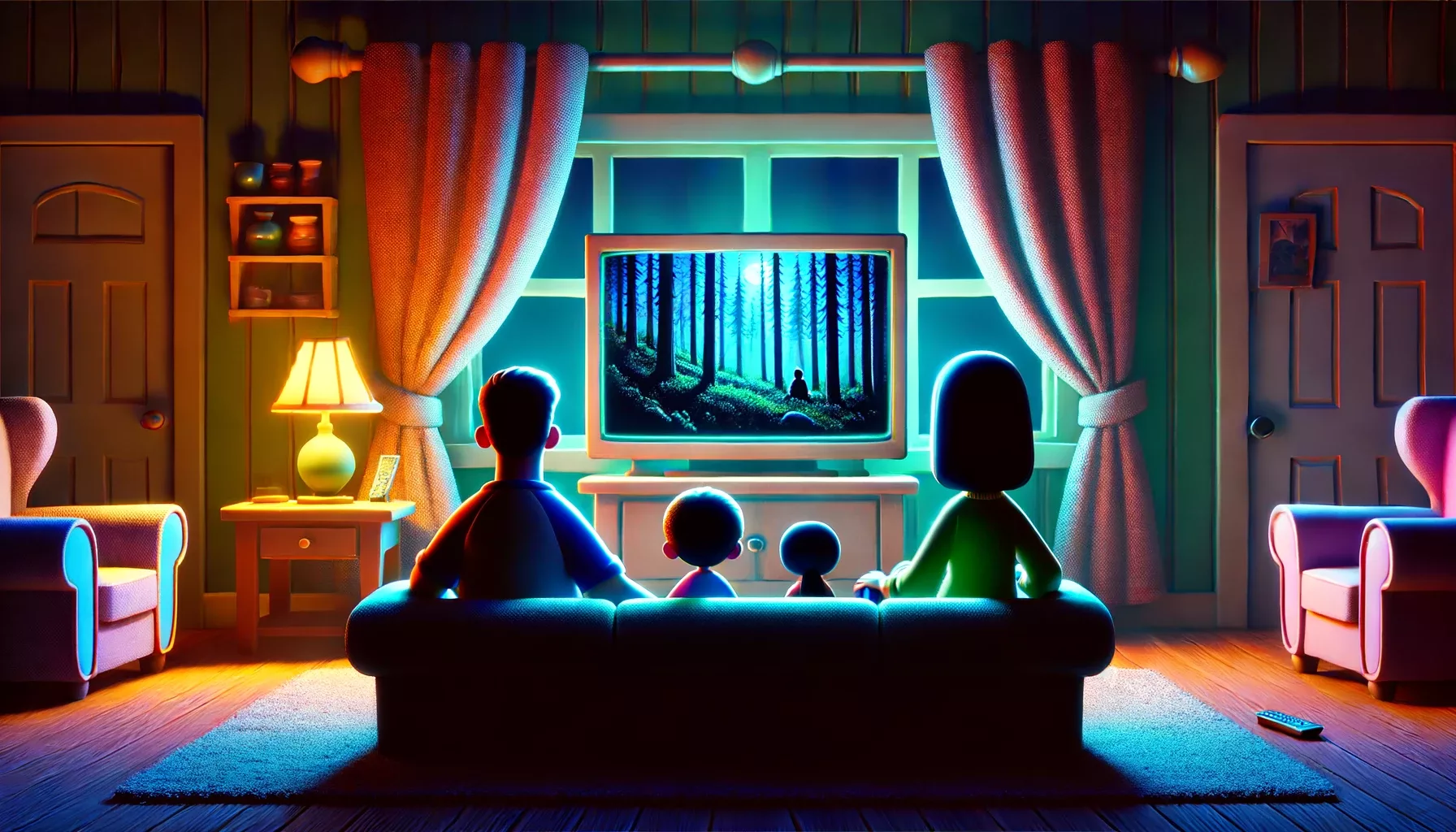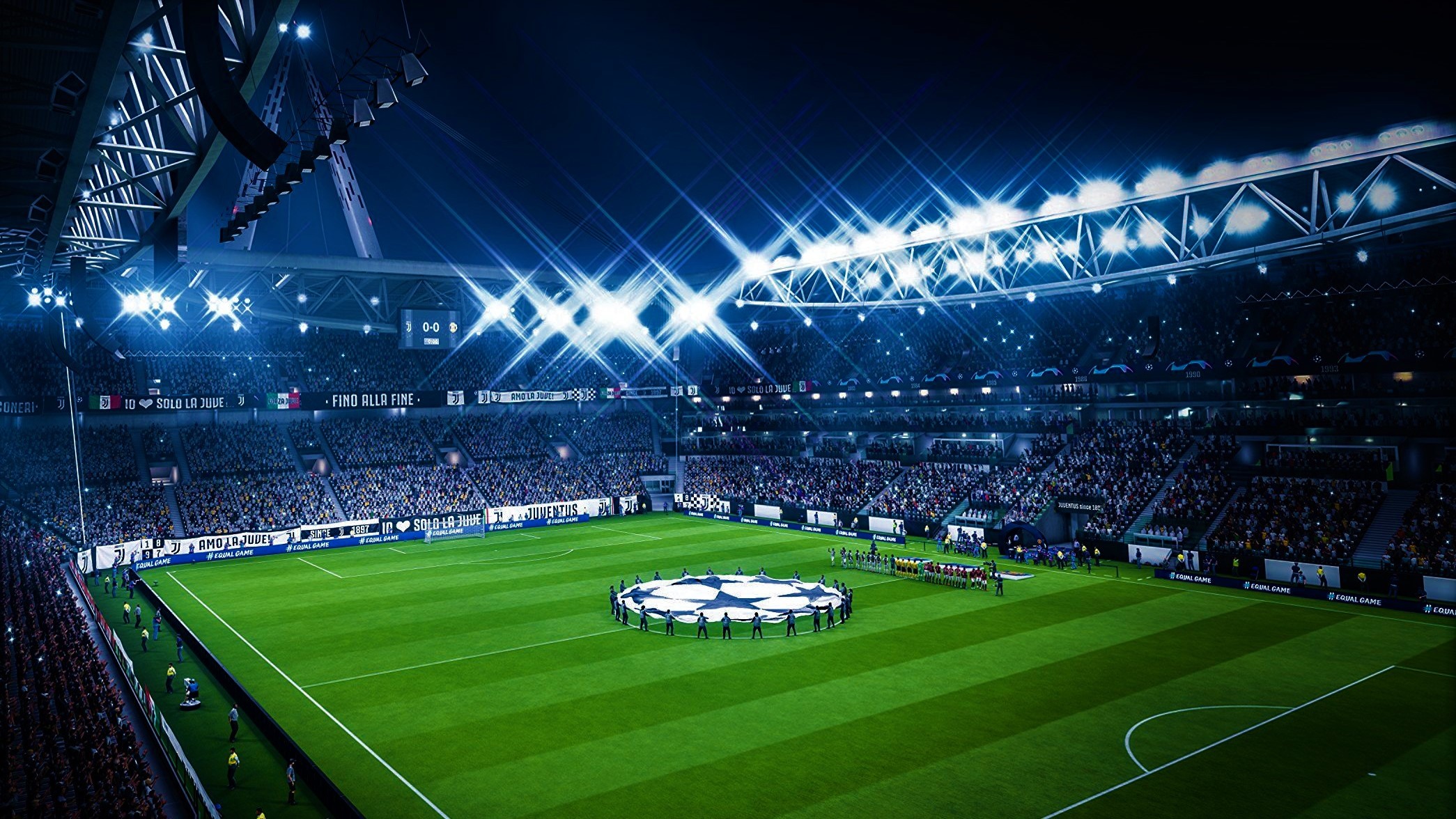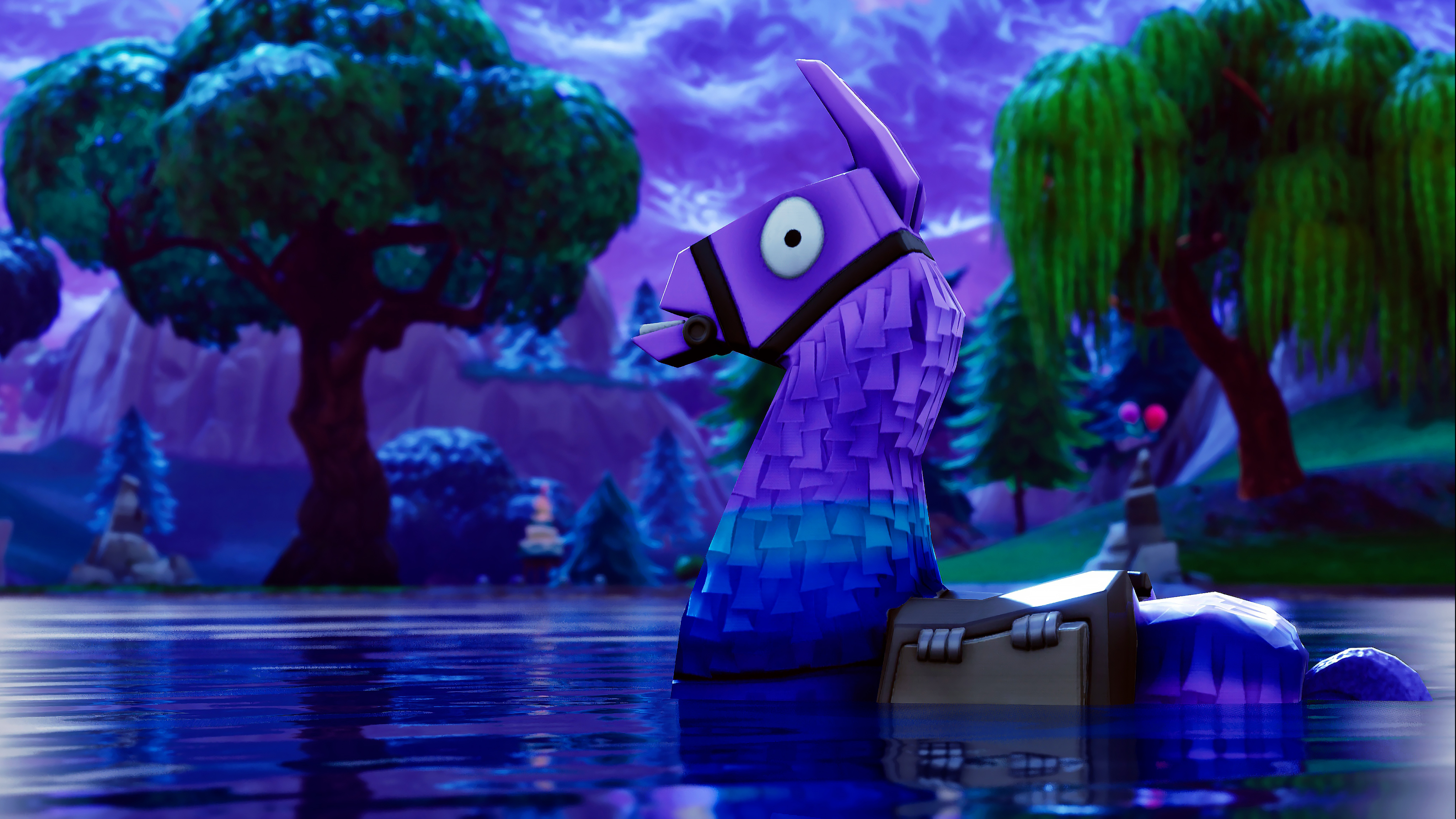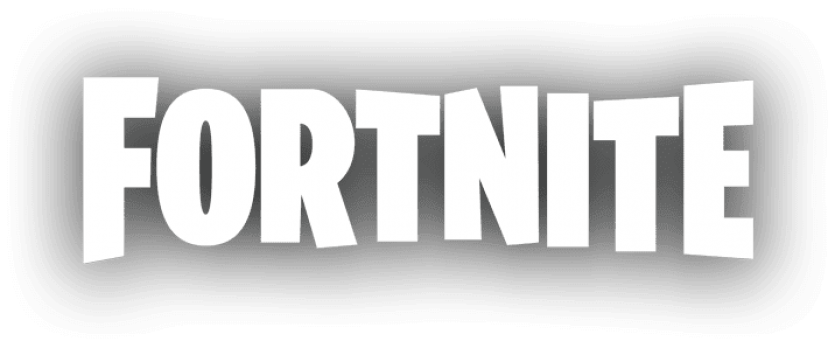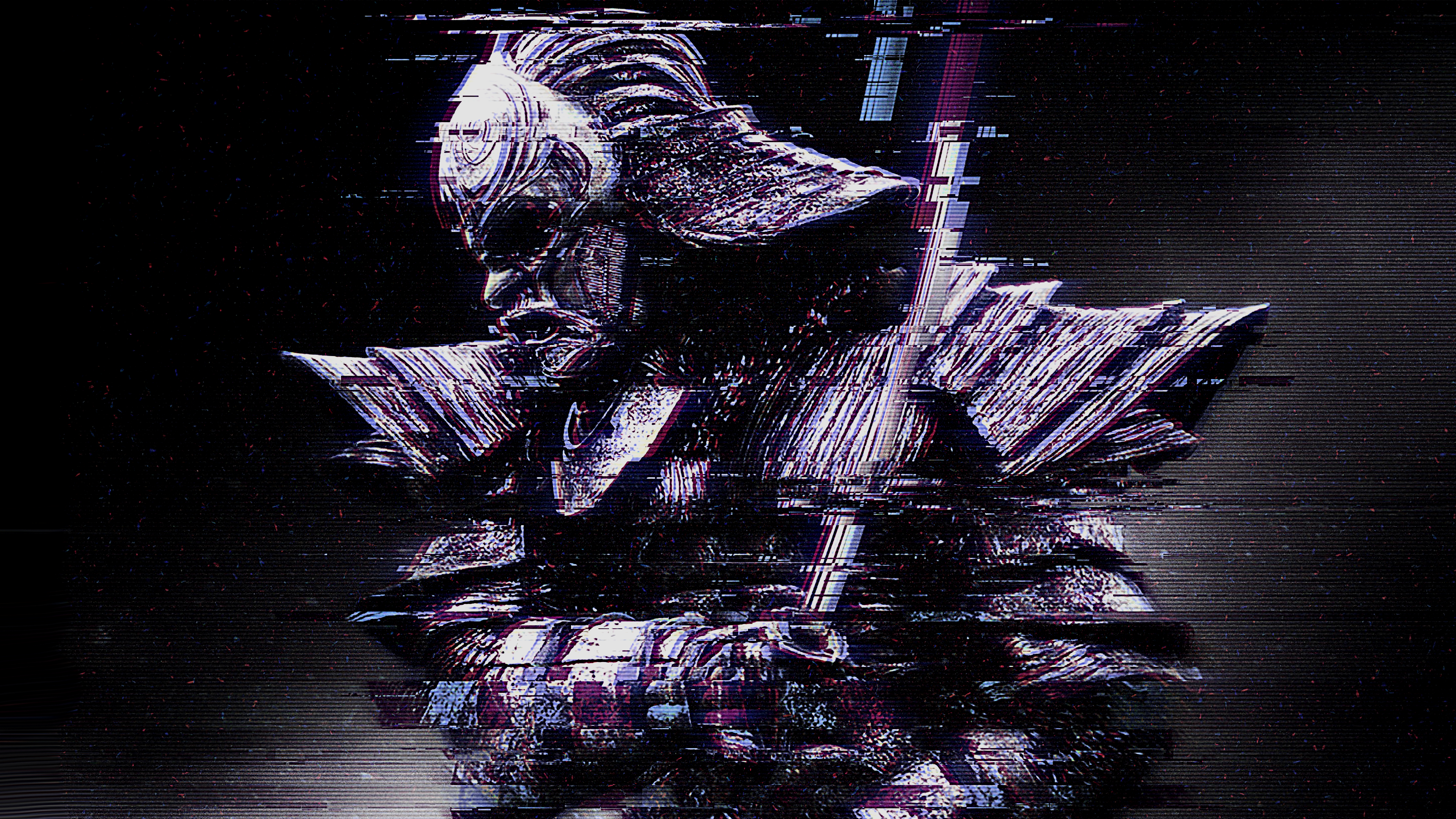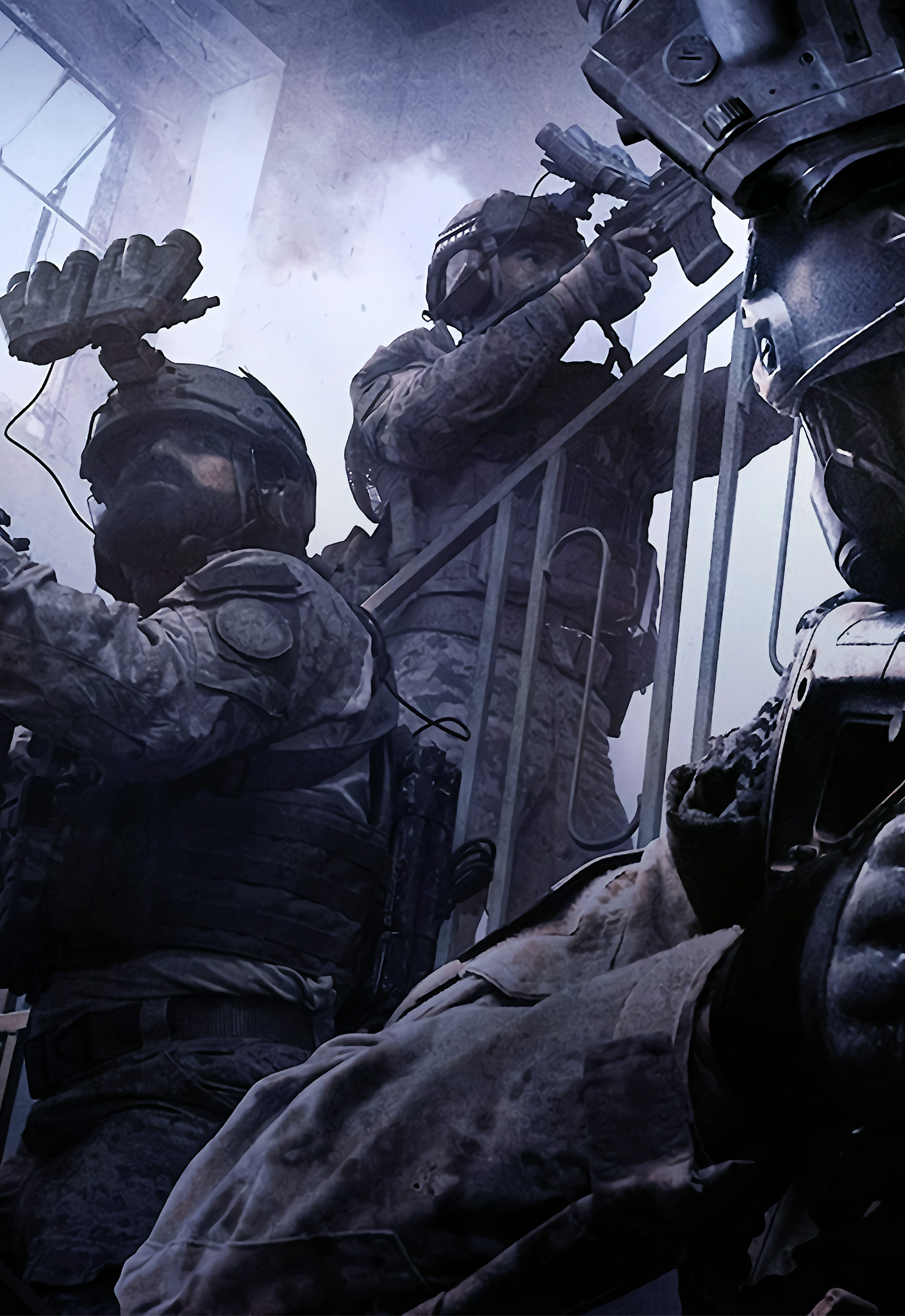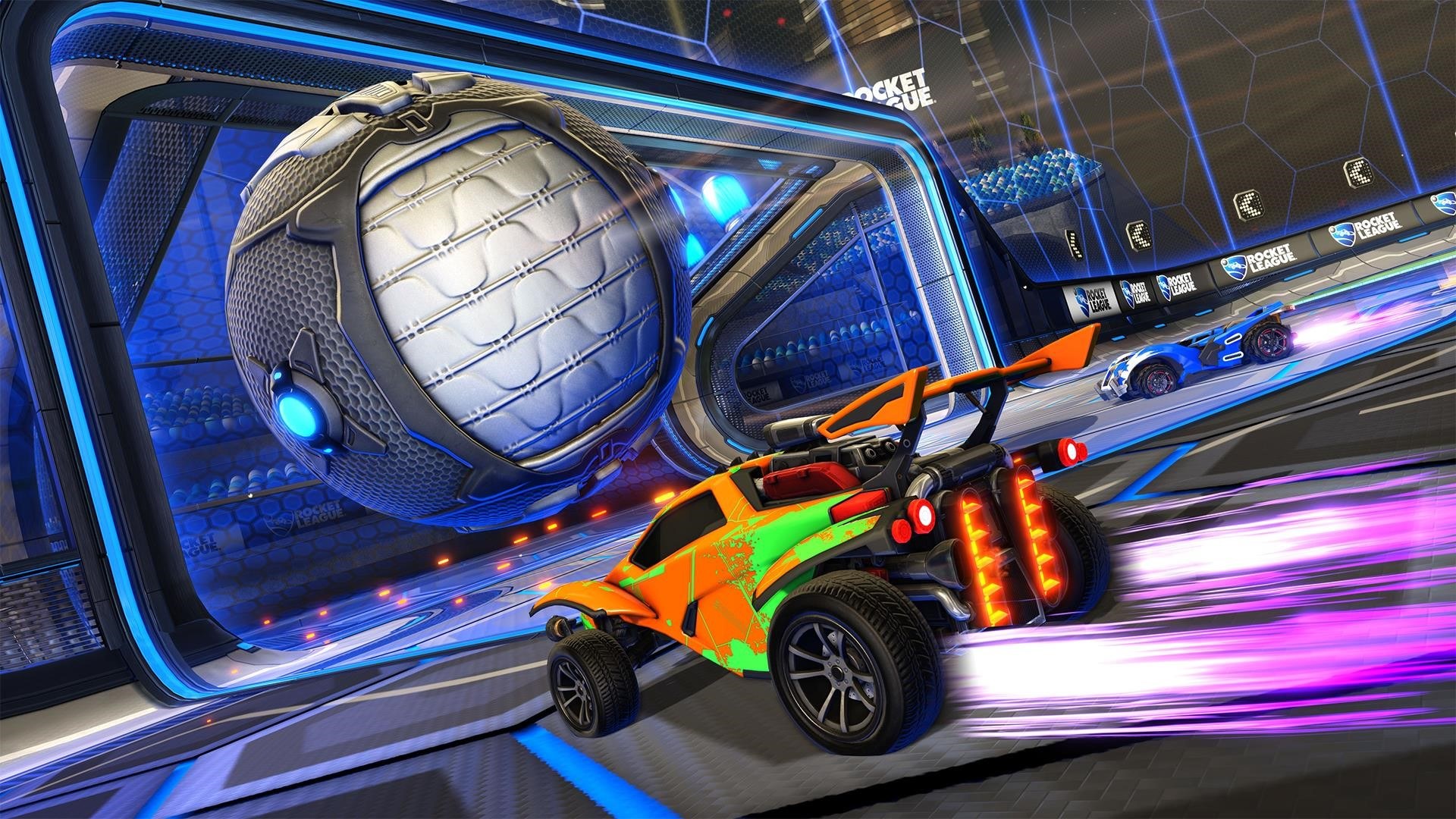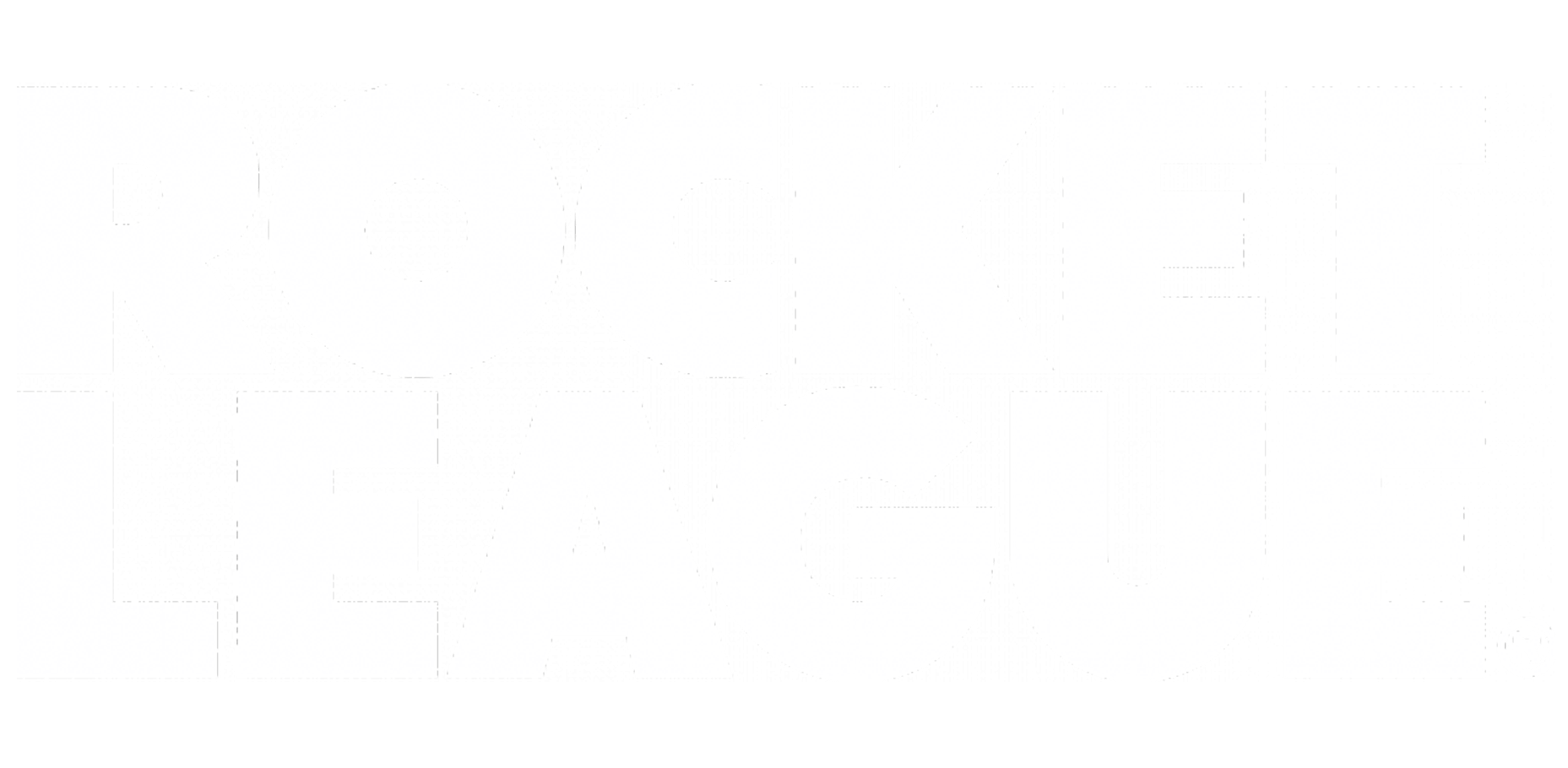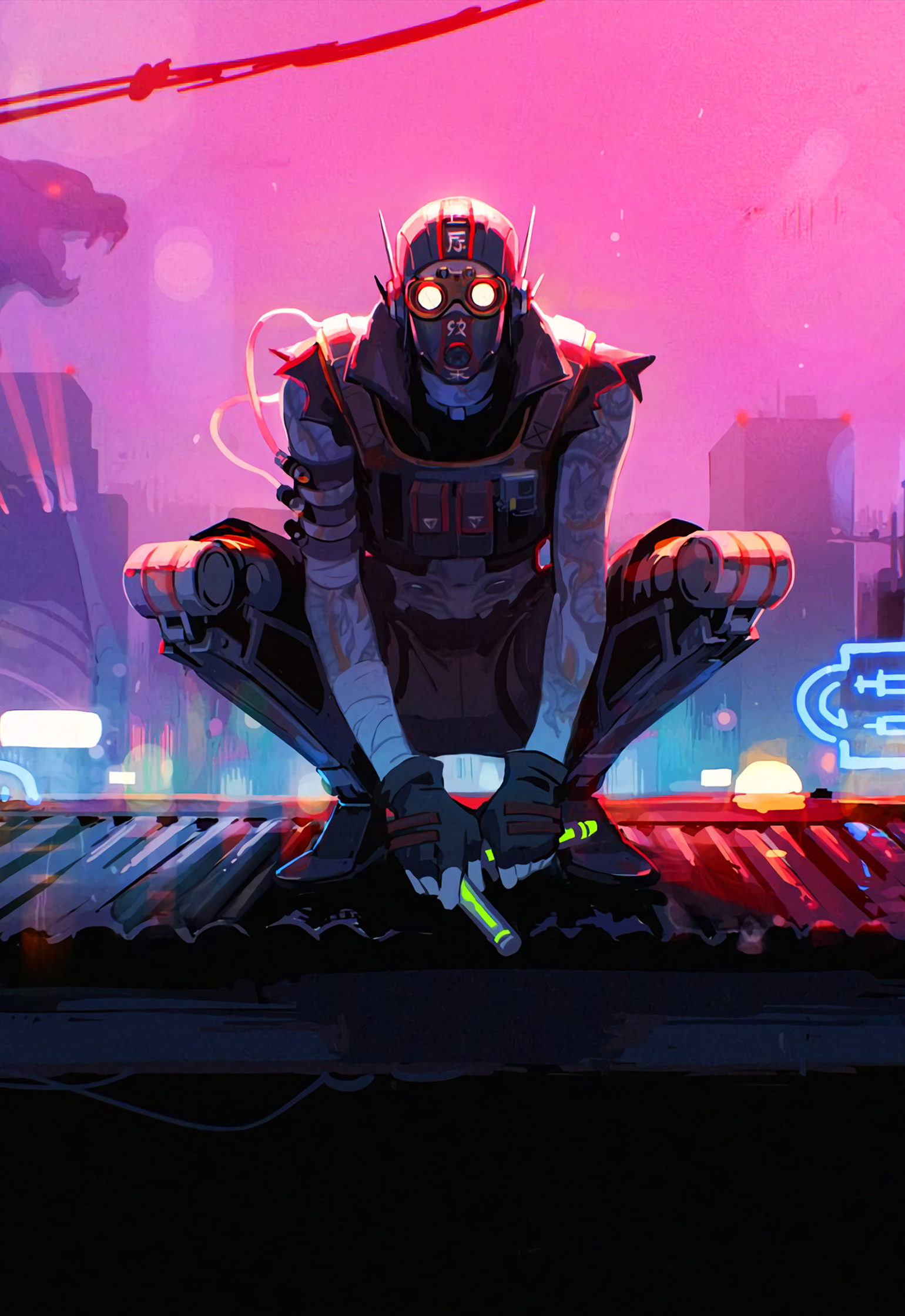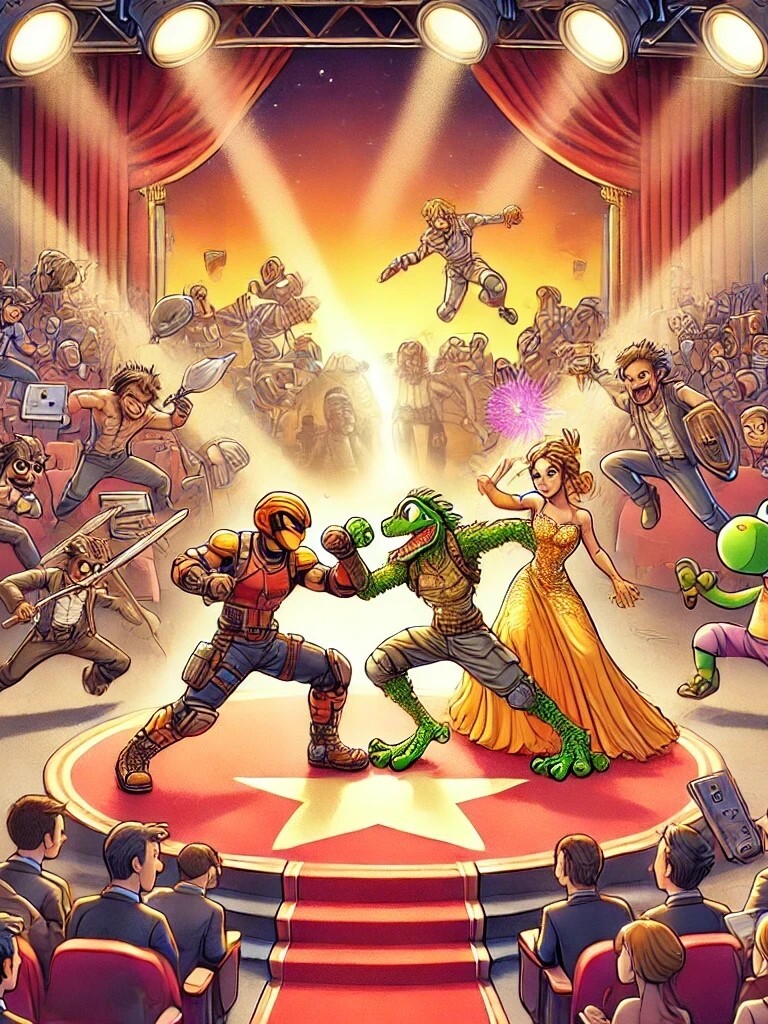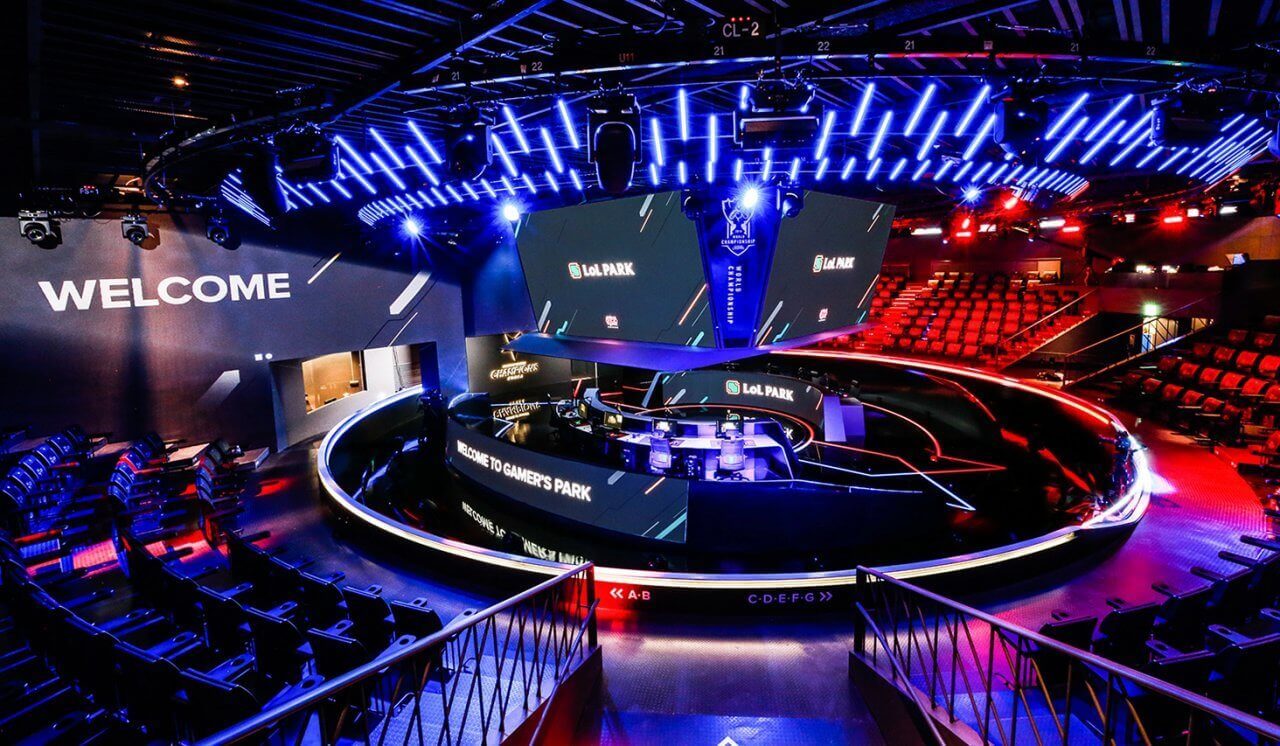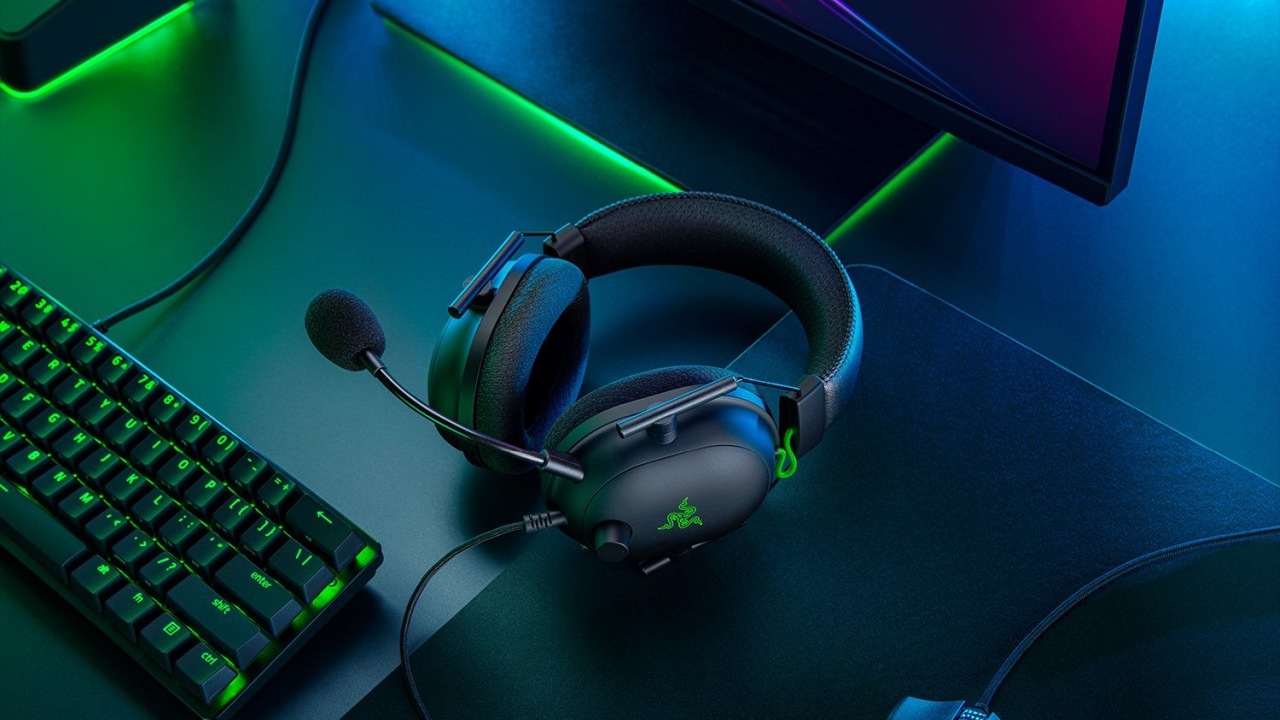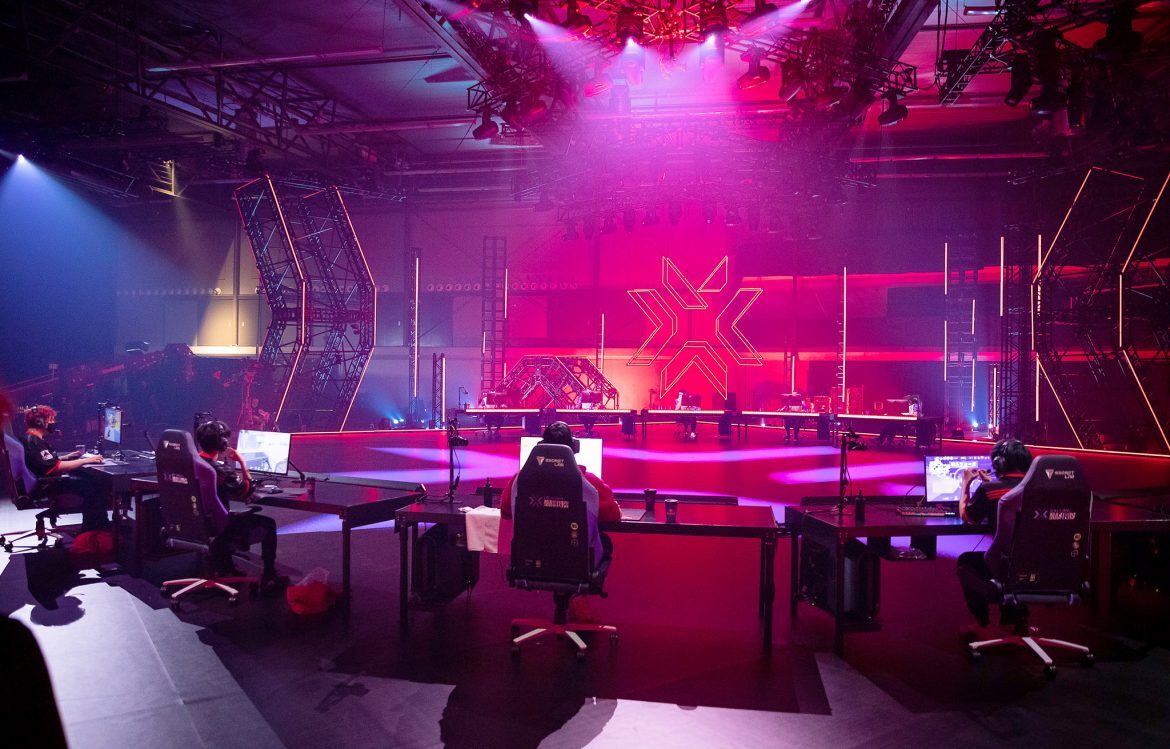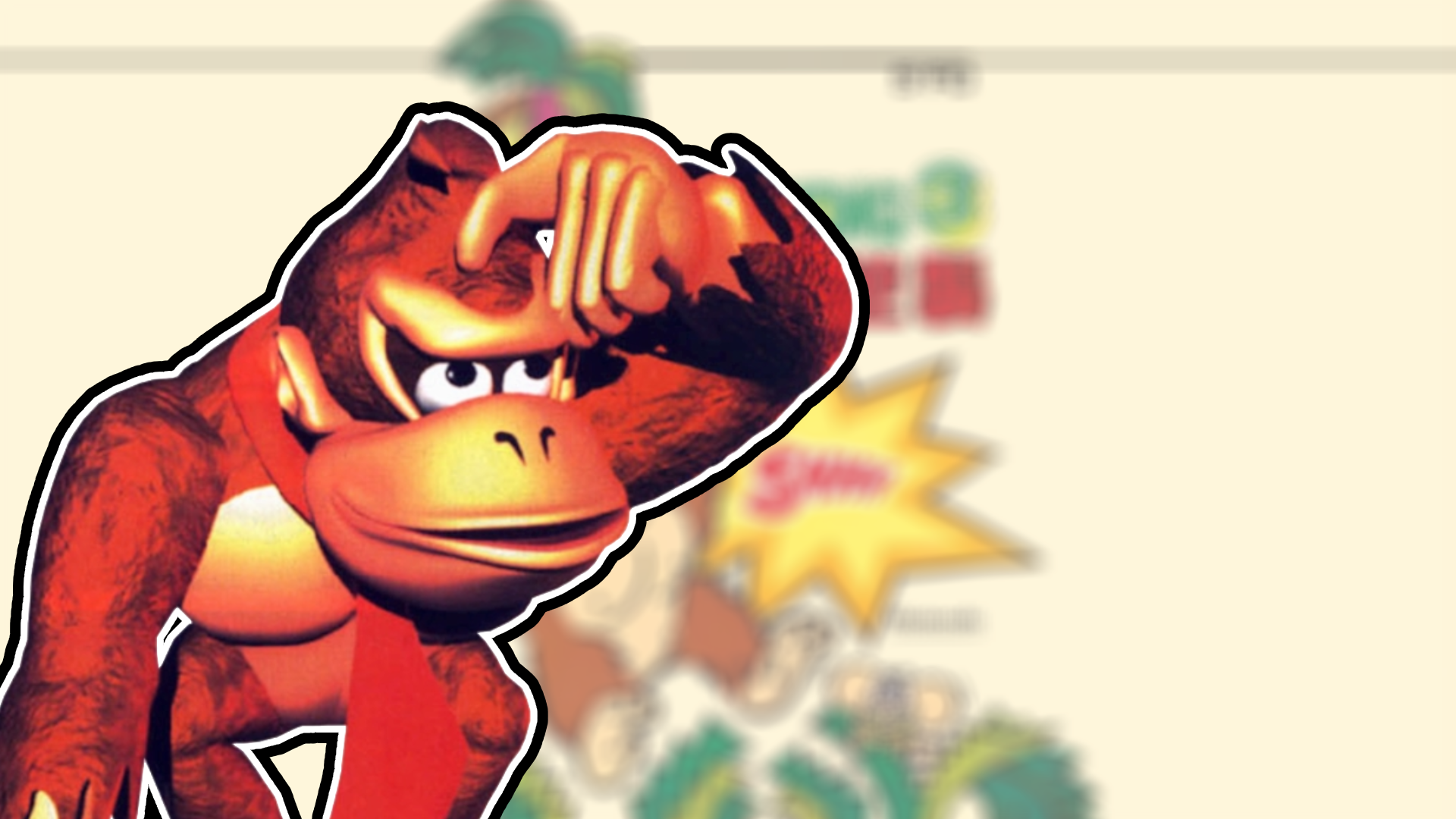Throwing barrels, breaking into a greenhouse and then being abducted by aliens... This Kong has seen it all.
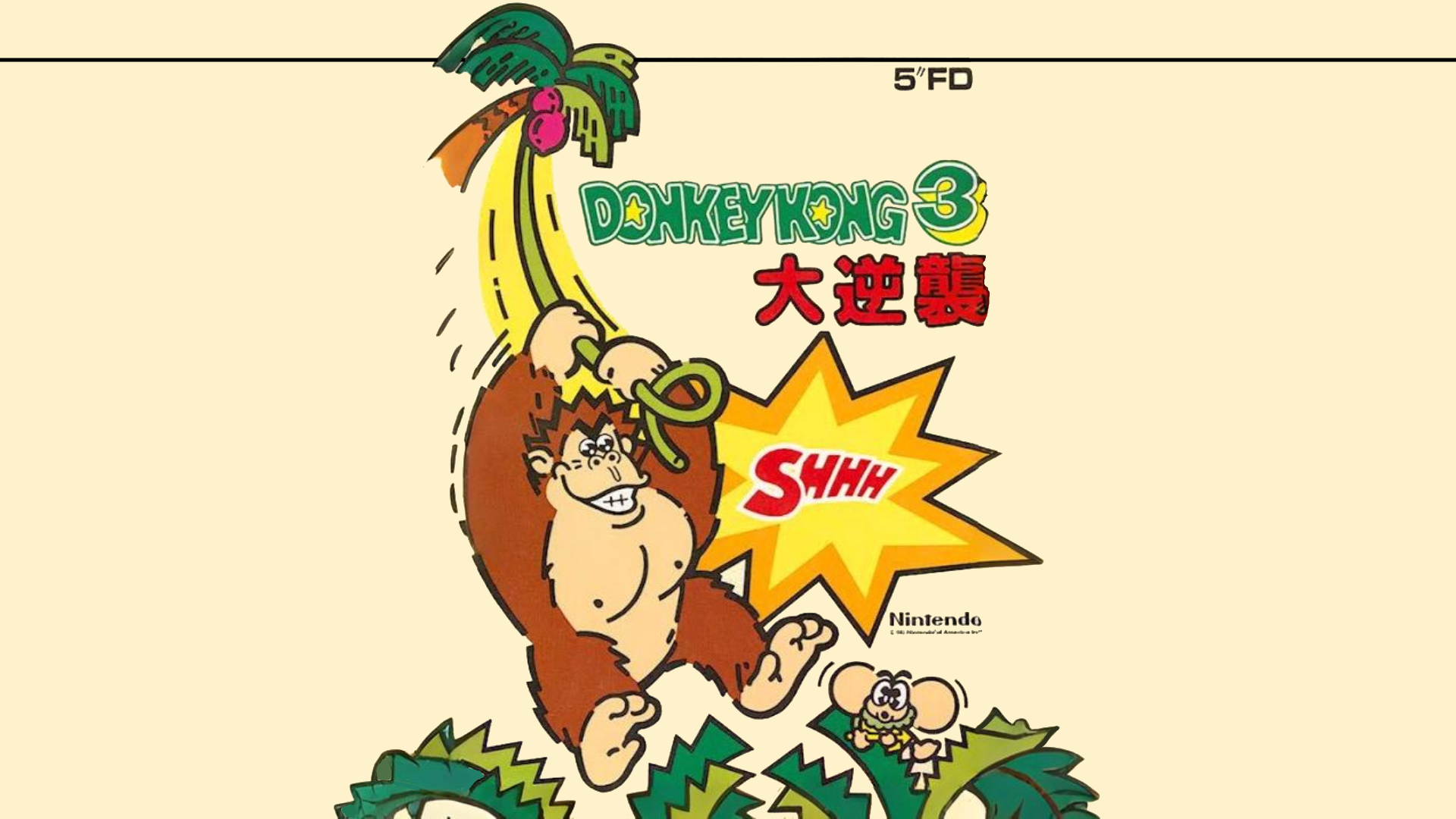
The original Donkey Kong from 1981 really doesn't need any introduction: Spawning the platforming genre and the Mario franchise, inspiration for the magnificent Banana-fuelled Donkey Kong Country series... You get it.
But with its direct sequels receiving progressively less acclaim, it may surprise you to learn that there was one more installment in the classic series after Donkey Kong Jr. (1982) and Donkey Kong 3 (1983).
Nintendo's Early PC Efforts

These days, Nintendo is well-known for keeping its franchises locked to its own platforms. That’s why it might come as a surprise to some that between 1984 and 1986, Hudson Soft – the creators of the Bomberman series, easily recognized by their bee-shaped logo – was actually licensed to bring several early NES titles to Japanese PCs.
At the time, these home computers (mainly produced by NEC and Sharp) were far less suitable for gaming than Nintendo’s own console. Even so, Hudson Soft managed to produce faithful PC adaptations of Balloon Fight, Excitebike, Golf, Ice Climber, and Tennis. While these ports may not stand out much today – their goal being mostly to replicate the simple gameplay of their NES originals – Hudson Soft also ventured into more ambitious territory: Creating sequels to some of Nintendo’s early hits.
They introduced fresh mechanics and stages to Mario Bros. in Mario Bros. Special and Punch Ball Mario Bros., created completely new stages, enemies and power-ups for Super Mario Bros. Special and – the subject of this article – elaborated on Donkey Kong 3's shooter action with new stages and gameplay mechanics in Donkey Kong 3: Dai Gyakushū.
Hudson Soft's Less-Than-Stellar Template
For those unfamiliar with the original Donkey Kong 3: The game is remembered as somewhat of a black sheep in the Donkey Kong series' legacy. While the 1981 original (which already had its own controversies) and Donkey Kong Jr. were 2D platformers, where players had to navigate through an obstacle course by jumping and running, Donkey Kong 3 was more of a shoot 'em up.
Since the game is based on the 1982 Game & Watch title Greenhouse, instead of Mario, players control the bugman Stanley, who must defend his greenhouse from Donkey Kong who hangs in the rafters and stirs up nests of bugs. These must be attacked by continuously spraying bug spray upwards, before they either hurt Stanley or steal his flowers. The stage ends when DK has been peppered with enough bug spray to flee to the next layer.
The only platforming done here consists of Stanley needing to hop between different layers to better reach certain enemies. Understandably, fans felt somewhat mixed regarding this change in the gameplay formular, which makes it all the more baffling that Hudson Soft leaned even heavier away from platforming and more towards shoot 'em up in their sequel.
Donkey Kong's Great Counterattack
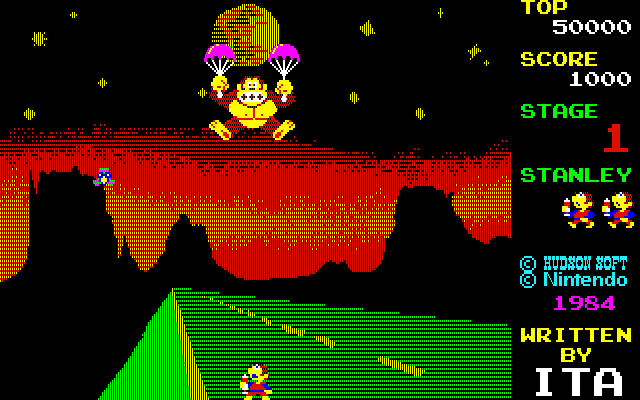
While parts of DK3's basic gameplay premise are retained in 1984's Donkey Kong 3: Dai Gyakushū, this sequel feels like a completely different game. Gone are the flowers, the greenhouse and Stanley's ability to jump: Now it's just you against Donkey Kong slowly descending from the top of the screen with parachutes and legions of bugs.
You still have to spray upwards, but now, you can only have one shot on the screen at any given time, making the gameplay more akin to classic arcade shooters like Galaxian. While one would assume that the giant gorilla slowly floating downwards would be an easy target, the game can be extremely difficult with how precise your shots must be.
But what really makes the game stand out are its stage themes: Every single one of the 20 completely new levels are set in somewhat eerie and strange locations; an empty highway, a "strange bridge", the inside of a UFO, a mysterious planet, the Nazca lines... And there is no plot to explain all of it! Instead, the manual encourages players to come up with and send their own story to Hudson Soft.
The fans have certainly done so, interpreting Stanley's voyage as a depiction of alien invasion, an apocalypse, nuclear warfare... It's really fun to take a look at the stages and come up with your own explanations!
...If you can find the game, that is.
Fans' Desperate Search
Aside from its stage-based potential for video game theory and mystery videos, Donkey Kong 3: Dai Gyakushū – at least for some time – was known for being... not known.
As hard as it may be to imagine an officially-licensed and released entry in the Donkey Kong series becoming lost media (with which Nintendo has admittedly had a spotty track record), this was very much the case for many years until February 2018, when at least the Sharp X1 version of this very rare game was found and the game files were dumped online (with the NEC PC-8801 version following suit a year later), enabling fans worldwide to finally experience it for the first time.
Since the game had a very limited run and was released exclusively in Japan on proprietary floppy disk formats – known for not aging the greatest – hope of uncovering the NEC PC-6601 version (of which we have at least video footage) and the IBM JX version (fully missing) is slowly diminishing.
So, if any of you happen to be visiting a Japanese garage sale soon, keep an eye out to potentially help preserve gaming history!
